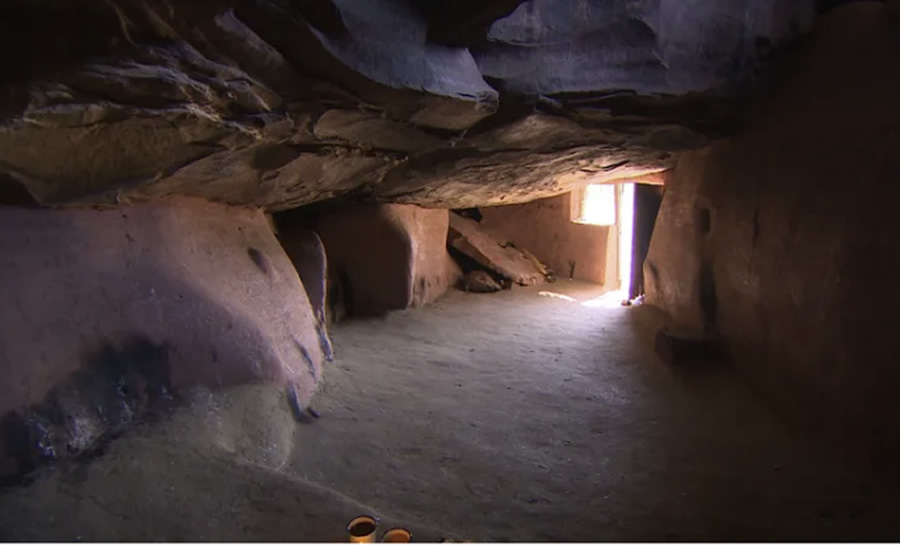
South Africa is home to a rich biodiversity that is not limited to its official protected areas. In fact, a significant part of its natural heritage lies outside these boundaries. To expand conservation coverage, the country needs to explore new strategies. One of these is to recognise sacred natural sites as key sites for the protection of the environment and cultural heritage.
These places, laden with spiritual and symbolic value, have been guarded by local communities for generations. Notable examples can be found in provinces such as Limpopo or KwaZulu-Natal, with forests and waterfalls considered sacred, or in the Free State, where certain caves are revered by the Basotho people. Their conservation has allowed many of these areas to preserve unique species and intact ecosystems.
Research led by geographer Ndidzulafhi Innocent Sinthumule highlights that these areas could be included in so-called "effective area-based conservation measures" (OECM). This would imply official recognition by the state and the development of regulations adapted to their cultural and ecological particularities.
The benefits go beyond biodiversity. These sites also act as carbon sinks, promote ancestral knowledge and offer opportunities for respectful tourism. In addition, they could form ecological corridors between isolated habitats, improving ecosystem connectivity in the country.
However, there are obstacles. Tensions between traditional knowledge and scientific methods, as well as fears that external interventions will displace local communities, are common concerns. The key, according to the study, is to guarantee the free, prior and informed consent of the communities involved and to ensure their ownership in the management of these sites.
The proposal is clear: Integrating sacred sites into national conservation strategies can be an effective and respectful solution to South Africa's biocultural diversity.
👉 Read the full article here.
